The Lambert-Fisher Glacier
The World's Largest Glacier
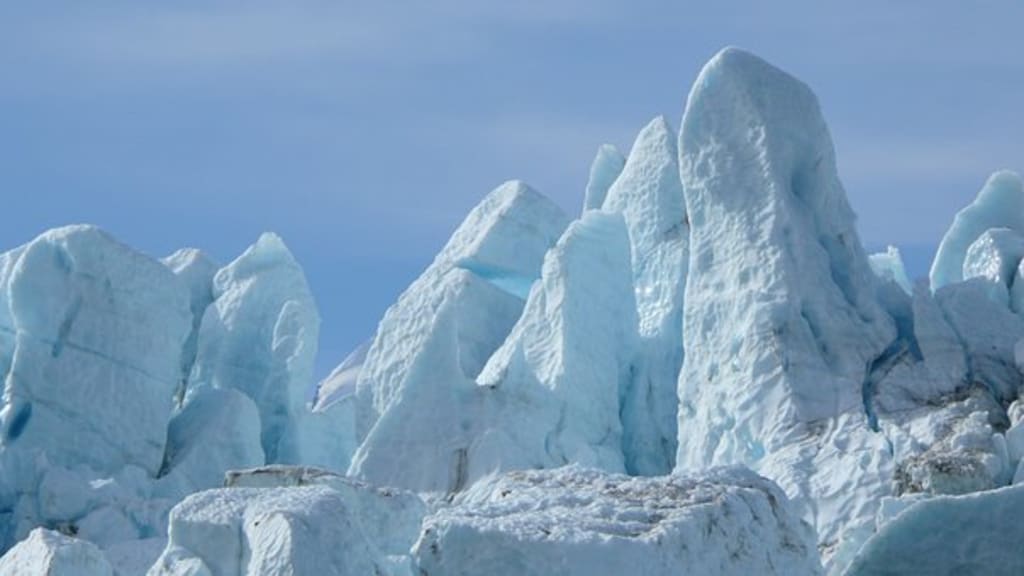
A glacier is a massive body of ice that forms over a long period of time from compacted snow in areas where the temperature remains below freezing year-round. Glaciers can be found on every continent of the world, but the majority of them are located in polar and mountainous regions. They are essential features of the Earth's landscape and play a critical role in shaping the environment. In this article, we will explore the biggest glacier in the world - the Lambert-Fisher Glacier in Antarctica.
What is a glacier?
A glacier is a large mass of ice that forms over time from the accumulation of snow in areas where the temperature remains below freezing year-round. As more snow accumulates, it becomes compressed under its weight and gradually transforms into ice. Over time, the ice mass grows thicker and heavier, and it begins to move downhill under the force of gravity. This movement can be slow or fast, depending on various factors such as the slope of the terrain and the thickness of the ice.
Glaciers are important features of the Earth's landscape and play a significant role in shaping the environment. They are responsible for carving out valleys and creating features such as cirques, moraines, and fjords. As glaciers move downhill, they erode the land beneath them and carry away rock and sediment, which can then be deposited in other areas. Glaciers also play a critical role in the Earth's water cycle, as they store large amounts of freshwater and release it slowly over time.
Classifications of glaciers:
1. Alpine Glaciers:
Alpine glaciers, also known as mountain glaciers, are found in mountainous regions and are typically confined to valleys. They form when snow accumulates in a valley and begins to compress under its own weight, eventually turning into ice. As the ice builds up, it begins to flow downhill due to the force of gravity. As the glacier moves, it can carve out steep, U-shaped valleys, create moraines (ridges of rock debris), and other glacial landforms. Alpine glaciers can range in size from small, isolated ice patches to large glaciers that cover several square miles.
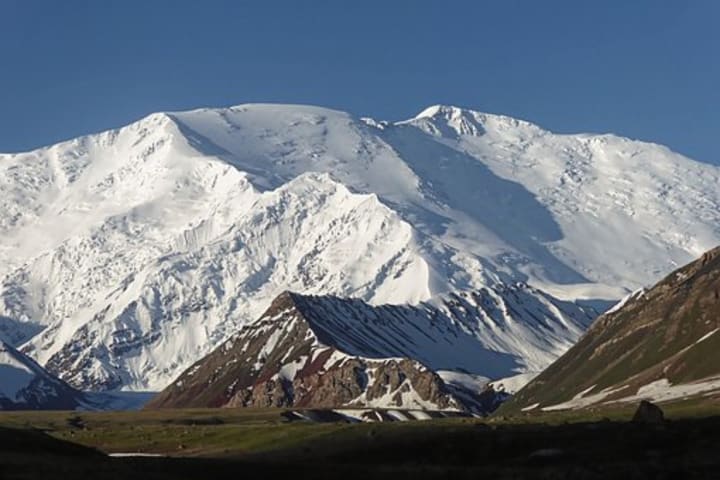
One of the most well-known examples of an alpine glacier is the Franz Josef Glacier in New Zealand. This glacier is located in the Southern Alps and covers an area of approximately 7 square miles. The glacier is a popular tourist attraction, with visitors coming to hike and explore the ice formations.
2. Continental Glaciers:
Continental glaciers, also known as ice sheets or ice caps, are vast, continuous sheets of ice that cover large areas of land. They are found in polar regions such as Antarctica and Greenland and can be thousands of feet thick. Unlike alpine glaciers, continental glaciers are not confined to valleys and can flow in all directions. As they move, they can create features such as drumlins (elongated hills), eskers (ridges of sand and gravel), and moraines.
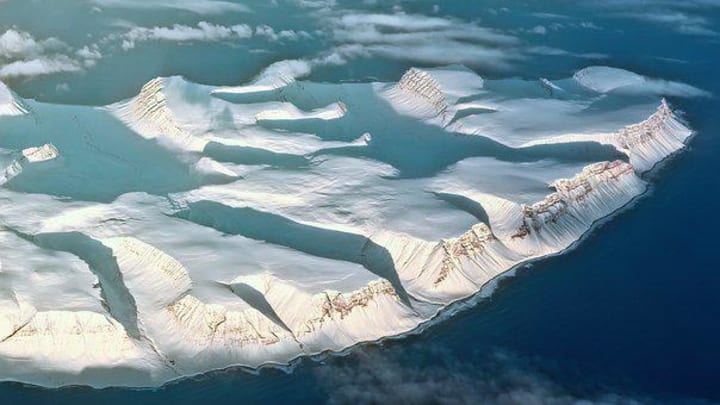
The largest continental glacier in the world is the Antarctic Ice Sheet, which covers an area of approximately 5.4 million square miles. The ice sheet is estimated to be over 1.5 miles thick in some places and contains approximately 70% of the world's freshwater. The melting of the Antarctic Ice Sheet is one of the biggest contributors to rising sea levels, which could have significant consequences for coastal communities around the world.
3. Valley Glacier:
Valley glaciers are a type of alpine glacier that forms in a valley or on a mountain slope. They are typically long, narrow and flow downslope from a mountain peak or icefield. One of the most famous examples of a valley glacier is the Aletsch Glacier in Switzerland, which is the largest glacier in the Alps.
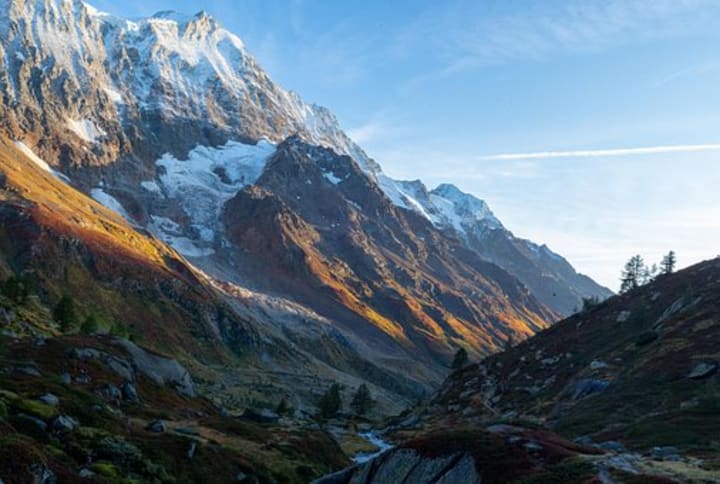
4. Piedmont Glacier:
Piedmont glaciers are formed when a valley glacier spills out onto flat land, spreading out in a fan-like shape. They are often characterized by a broad, low-gradient ice sheet. The Malaspina Glacier in Alaska is a well-known example of a piedmont glacier.
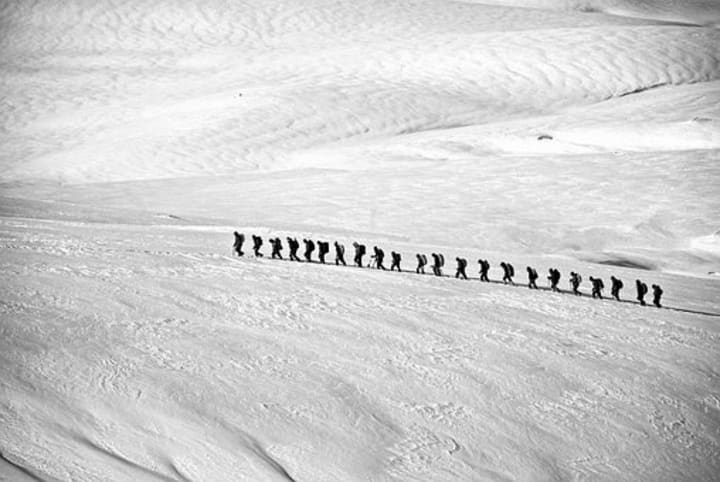
5. Cirque Glacier:
Cirque glaciers are small, bowl-shaped glaciers that form at the head of a mountain valley or cirque. They are typically fed by snowfall, and the ice moves downslope due to the force of gravity. The Grinnell Glacier in Montana's Glacier National Park is an example of a cirque glacier.
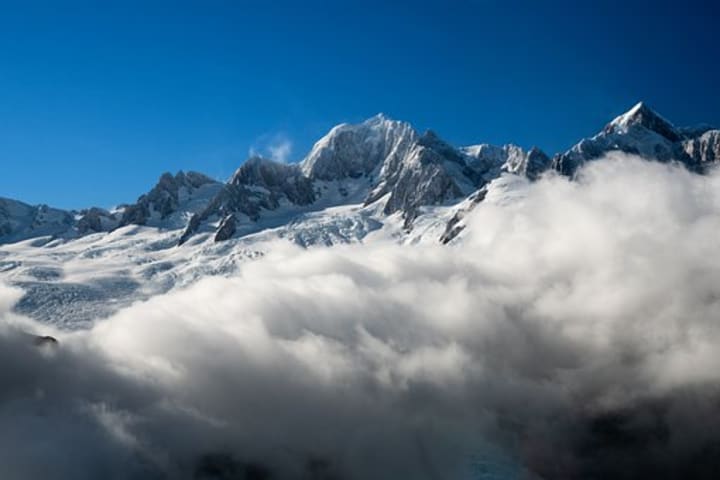
6. Ice Cap:
Ice caps are small, dome-shaped glaciers that cover a mountain peak or ridge. They are typically found in high-altitude areas and can range in size from a few hundred meters to several kilometers. The Harding Icefield in Alaska is a well-known example of an ice cap.
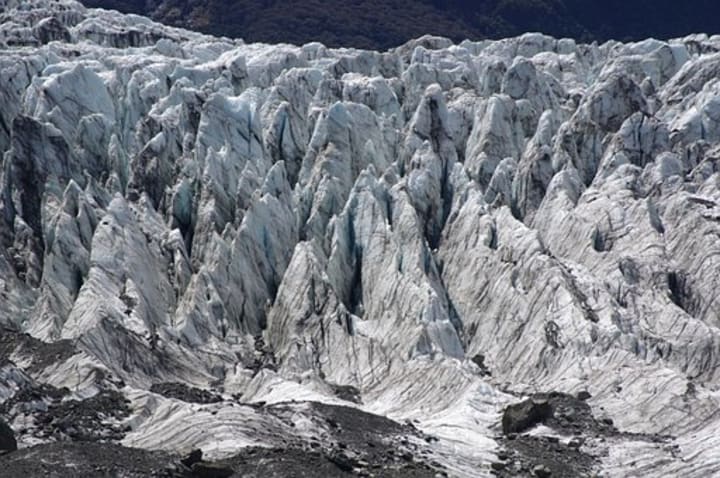
7. Ice Sheet:
Ice sheets are large, continuous masses of ice that cover a significant portion of a continent. They are typically found in polar regions and are characterized by their vast size and thickness. The Greenland Ice Sheet and the Antarctic Ice Sheet are both examples of ice sheets.

8. Hanging Glacier:
Hanging glaciers are formed when a glacier flows down a steep slope or cliff, creating a suspended mass of ice. They are often found in high-altitude areas such as the Himalayas and the Andes. The Eiger Glacier in Switzerland is an example of a hanging glacier.
9. Tidewater Glacier:
Tidewater glaciers are glaciers that flow from land to sea, with the terminus of the glacier often located in the ocean. They are typically found in polar regions and can be affected by tides. The Hubbard Glacier in Alaska is a well-known example of a tidewater glacier.
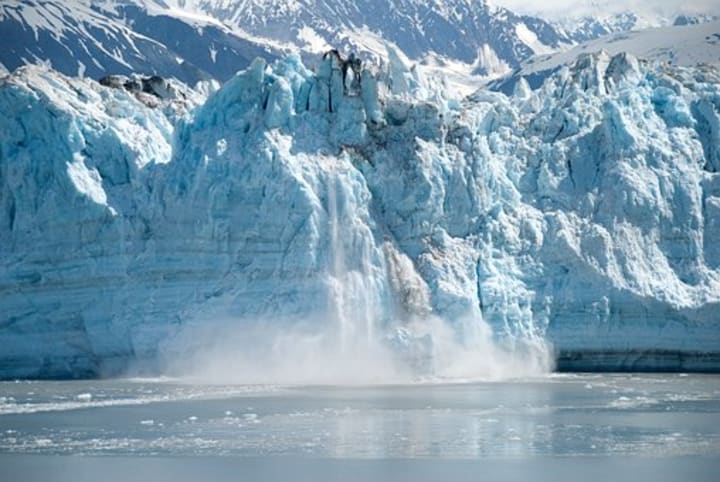
The Lambert-Fisher Glacier:
The Lambert-Fisher Glacier is the largest glacier in the world. It is located in Antarctica, in the eastern part of the continent, near the coast of the Amery Ice Shelf. The glacier is also known as the Lambert Glacier and is named after Bruce P. Lambert, a cartographer with the Australian Antarctic Division, who first mapped the glacier in the 1950s. The Lambert-Fisher Glacier is a continental glacier and is about 60 miles (97 km) wide at its widest point and approximately 250 miles (400 km) long.
The Lambert-Fisher Glacier drains about 8% of the Antarctic Ice Sheet, and its total area is estimated to be around 386,000 square miles (1 million square kilometers). The thickness of the ice in some areas of the Lambert-Fisher Glacier is over 13,000 feet (4,000 meters). The glacier's movement is relatively slow, averaging about 1.5 meters per day.
Formation of the Lambert-Fisher Glacier:
The Lambert-Fisher Glacier formed over millions of years from the accumulation of snow in the polar regions of Antarctica. The snow was compressed under its weight and gradually transformed into ice. Over time, the ice mass grew thicker and heavier and began to move downhill under the force of gravity. The Lambert-Fisher Glacier was formed as the ice from different areas of the Antarctic Ice Sheet converged in the Amery Ice Shelf region.
The Lambert-Fisher Glacier is fed by several smaller glaciers, including the Academy Glacier, the Mellor Glacier, and the Fisher Glacier. These glaciers flow into the Lambert-Fisher Glacier, contributing to its overall mass. As the glacier moves downhill, it erodes the land beneath it and carries away rock and sediment, which can then be deposited in other areas.
Impact of the Lambert-Fisher Glacier
The Lambert-Fisher Glacier plays a critical role in the Earth's water cycle. It stores vast amounts of freshwater in the form of ice, which is slowly released over time. This freshwater is essential for the survival of various organisms in the surrounding ecosystem. It is also important for the maintenance of the global climate system. The Lambert-Fisher Glacier is particularly important because it drains a significant portion of the Antarctic Ice Sheet.
The Lambert-Fisher Glacier also has a significant impact on the surrounding environment. Its movement and erosion can have a profound effect on the land beneath it. As the glacier moves, it can carve out valleys and create features such as cirques, moraines, and fjords. These features can be important habitats for various plants and animals.
The Lambert-Fisher Glacier also has a significant impact on sea level rise. As the glacier melts, it releases water into the ocean, causing sea levels to rise. The Lambert-Fisher Glacier is particularly concerning because it drains a significant portion of the Antarctic Ice Sheet. If the glacier were to melt, it could result in a significant rise in sea levels, which could have disastrous consequences for coastal communities around the world.
Climate Change and the Lambert-Fisher Glacier:
Climate change is one of the biggest threats facing the Lambert-Fisher Glacier. As global temperatures rise, the glacier is melting at an alarming rate. A recent study found that the glacier is losing ice at a rate of about 56 billion tons per year. This is equivalent to the weight of about 10,000 pyramids of Giza. The melting of the glacier is primarily due to the warming of the ocean, which is causing the ice to melt from below.
The melting of the Lambert-Fisher Glacier has significant implications for the global climate system. As the glacier melts, it releases large amounts of freshwater into the ocean. This freshwater can disrupt ocean currents and change the temperature and salinity of the water. This, in turn, can have a significant impact on global weather patterns.
Conclusion:
In conclusion, the Lambert-Fisher Glacier is the largest glacier in the world. It is a continental glacier located in Antarctica and is about 60 miles wide at its widest point and approximately 250 miles long. The glacier plays a critical role in the Earth's water cycle and has a significant impact on the surrounding environment. The Lambert-Fisher Glacier is particularly concerning because it drains a significant portion of the Antarctic Ice Sheet, and its melting could result in a significant rise in sea levels. Climate change is one of the biggest threats facing the Lambert-Fisher Glacier, and urgent action is needed to prevent its melting.
About the Creator
Gokila
She is an astrophile, introvert,
loves to read books all day long,
addicts in healthy lifestyle
and having curiosity to know about new things.
Life Is As Beautiful As You Make It. Contentment Is The Key To Happiness. Peace Be Upon The Saviour.
Enjoyed the story? Support the Creator.
Subscribe for free to receive all their stories in your feed. You could also pledge your support or give them a one-off tip, letting them know you appreciate their work.


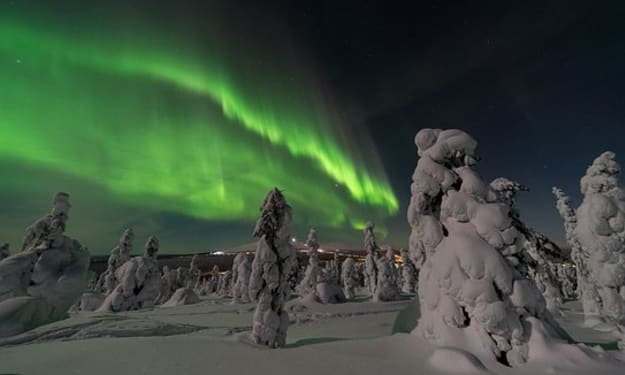



Comments
There are no comments for this story
Be the first to respond and start the conversation.